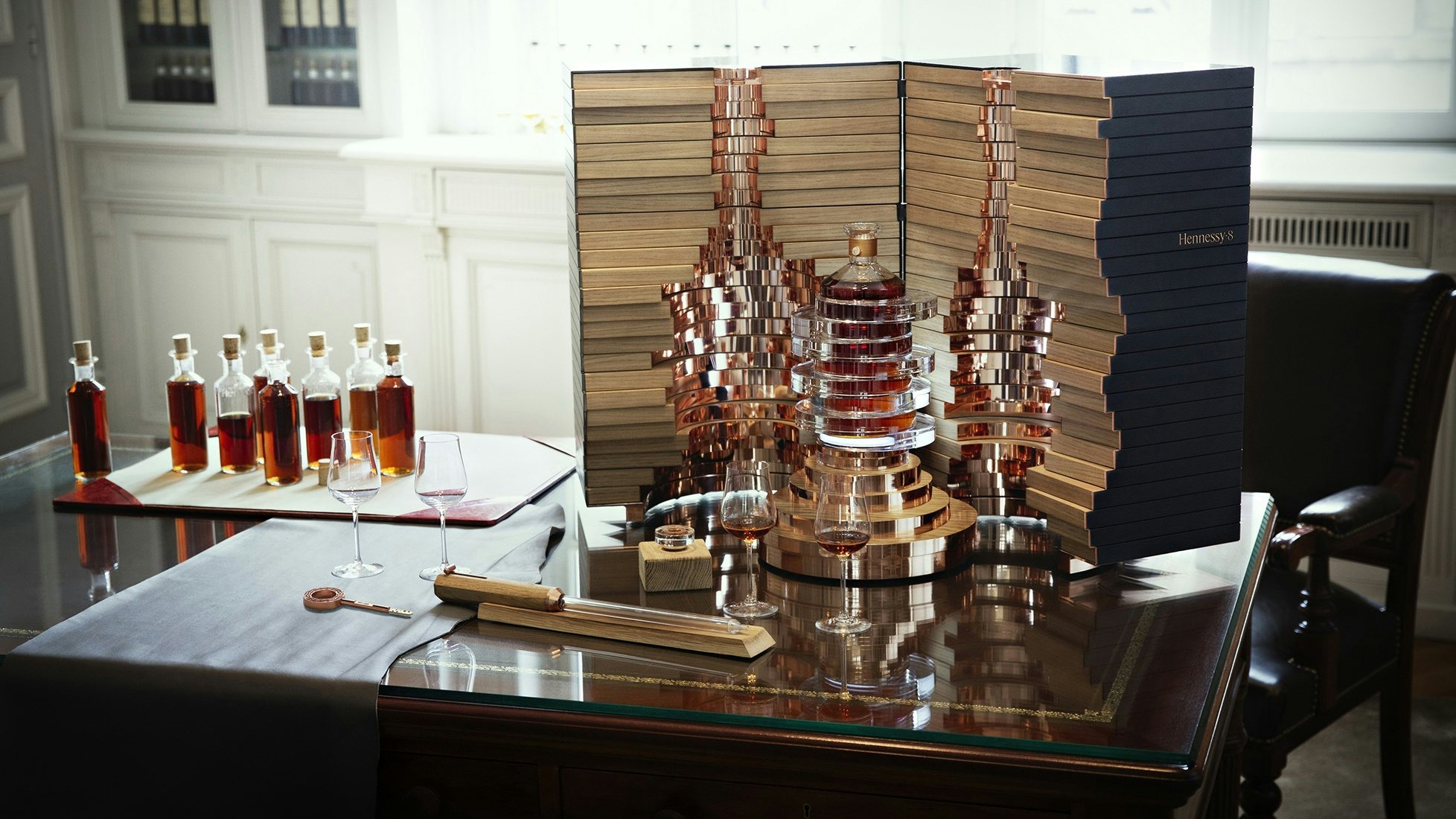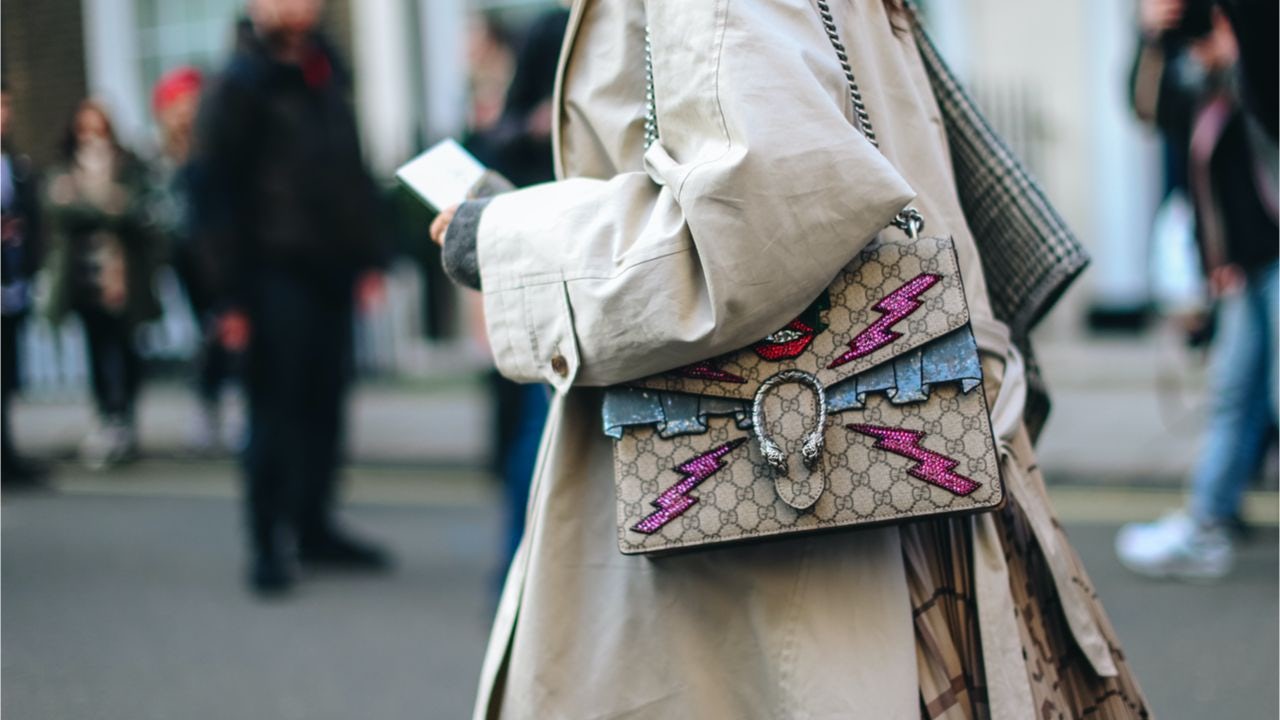Every time I conduct a luxury masterclass, one of the seemingly most simple question asked is: what is luxury? At first glance, the answer seems clear. Luxury is, according to many, a symbol of status. It’s expensive. It’s products for the ultra-wealthy. But today, is this really the case? And what does it mean for luxury managers as the internet rapidly morphs into a metaverse reality?
In a recent article in Forbes, Erwan Rambourg, author of Future Luxe: What’s Ahead for the Business of Luxury, stated that “High-net-worth individuals are only a small fraction of sales in luxury retail. Luxury consumption is not as correlated to wealth as you would think.” He went further, stating that, “if we had access to the data, we’d be shocked how low the average incomes of Vuitton customers are in China and the U.S.” This correlates with my own discussions and observations of luxury with customers all over the world.
If luxury, therefore, is something much broader, we can argue that it has cultural relevance. Bernard Arnault, chairman and chief executive of LVHM Moët Hennessy – Louis Vuitton SE, described Louis Vuitton recently even as “culturally creative.” In the same Forbes article, I was asked what culture means in this context and my answer was that reflects the “ability to extend beyond the physical thing, be it fashion, leather goods, perfumes or footwear, into an experience.” In other words, luxury — like music and art — shapes our perception of reality. It inspires, and if it’s well done, it can change us.
Given this, the value of a luxury brand, therefore, is only to a limited extent the product. Instead, if we were to decompose the value of a luxury brand into product and intangible value components — such as its cultural influence — the latter can make, in some cases, 95 percent or more of the total value. This is, at first glance, counterintuitive. Humans want to believe that the value of something is in what we can see, feel, taste, or touch. We want to believe that it is in the craftsmanship, in the history of a brand, or in the design. All these elements are important, to be sure, but they only account to a small proportion of the total value of a luxury brand product.
To many mangers this insight is disturbing. I sometimes even get angry reactions, especially when I discuss with brands that are engineering-driven, such as luxury sports car brands or tech companies. These brands invest so many resources into the performance of the product that it seems that the performance aspect is all that matters. Don’t get me wrong, for a sports car the ability to provide viscerally exhilarating metrics is an important factor. However, it’s also simply expected and will not be the main value driver for many clients. If it’s expected, it’s priced in. Clients know that they will get somewhat comparable performances from most brands that compete on a similar level. And when things get comparable, we can’t defend a competitive advantage over time.
So, if the tangible aspects only account to five percent of the value proposition, what are the other 95 percent? As mentioned before, the answer I hear too often is status. However, status seems like a judgement, and it does not explain the extreme value creation we observe in the luxury space. Take, for example, Hennessy 8 Limited Edition cognac. For approximately 226,000, the first and last bottles (1 and 250, respectively) will each come with physical (bottle) and digital (NFT) ownership. An enormous premium to a “standard” Hennessy bottle, which many would already see as a luxury cognac. Status may be able to explain a certain premium but not a price tag that can be more than many luxury sports cars. So, there must be more to luxury than meets the eye. Besides, “status” for a brand is not actionable: I would argue, that a brand can’t just add status. And what we often describe as status is rather a sum of many hidden factors of luxury.

Which brings us back to the question: what is luxury? What are the hidden value drivers and how does it apply to the metaverse? In my luxury masterclasses, I spend a significant amount of time unpacking them since they are so elusive. However, the short version is that the hidden value drivers are anticipated perception shifts that a person expects to get through a luxury brand. I sometimes call them Added Luxury Value, or ALV. My research suggests that people expect a significant change in what they can experience, how they see themselves, and how others see them.
For example, in a research experiment, the same person was evaluated by participants once wearing a Patek Philippe watch and another time wearing a Swatch. Nothing else changed. The study was done in a strictly controlled environment. Those who evaluated the person wearing the Patek Philippe were different from those evaluating the same person sporting the Swatch. No one knew that the other setting existed; they also did not know that we were measuring the effect of luxury on perception. The research was done in five countries: Germany, France, China, Japan, and USA.
The results were striking. The person wearing the Patek Philippe watch was not only seen as significantly more attractive, but also smarter, more fun to be with, and the more interesting person overall. People also thought that he had something like a “protection shield.” People said, he would be able to misbehave and get away with it.
These are just few of the “hidden aspect” findings that explain much of value creation in luxury. The important implication for luxury brands is that the intangibles — notably the brand story or what the brand represents — provide dramatically more value than all tangible aspects combined. This makes luxury so elusive, and what makes managing a luxury brand so difficult. When I analyze why luxury brands underperform, or even fail over time, a key driver is not managing the hidden aspects well enough. When brands focus predominantly on five percent of the value drivers but don’t manage the other 95 percent with high enough precision, the result is often a disaster.
No amount of advertising spending can compensate for a weak brand story. Because a weak brand story is all about the brand, all about functional elements, or about vague superiority promises, aka, “we are the best” or “we have the best quality, best materials, best design, etc.” All these claims are irrelevant if the brand can’t tap into the hidden factors and tell its story through the eyes of its clients.
In an increasingly digital reality, the stakes for brands are even higher. The metaverse shifts the power from brands to clients. They can now decide when, how, and under which condition to access a brand. Additionally, the desirability creation is now almost always happening at some point in the digital space. Hence, brands that don’t win in the metaverse, might not win at all — they simply won’t have clients. Understanding the hidden aspects of luxury, combined with the ability to tell a compelling brand story, while also leveraging the intangibles on a personal client level, are becoming the new sources of competitive advantage. It’s the new precondition to win in luxury.
This is an op-ed article that reflects the views of the author and does not necessarily represent the views of Jing Daily.
Daniel Langer is CEO of the luxury, lifestyle and consumer brand strategy firm Équité, and the executive professor of luxury strategy and extreme value creation at Pepperdine University in Malibu, California. He consults some of the leading luxury brands in the world, is the author of several luxury management books, a global keynote speaker, and holds luxury masterclasses in Europe, the USA, and Asia. Follow @drlanger


